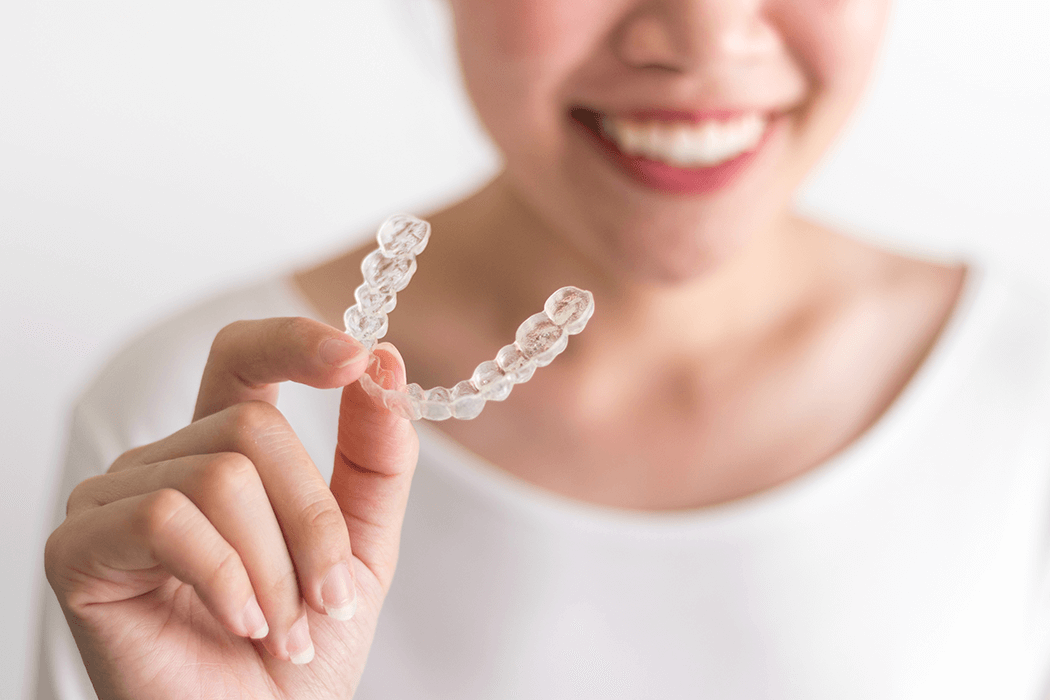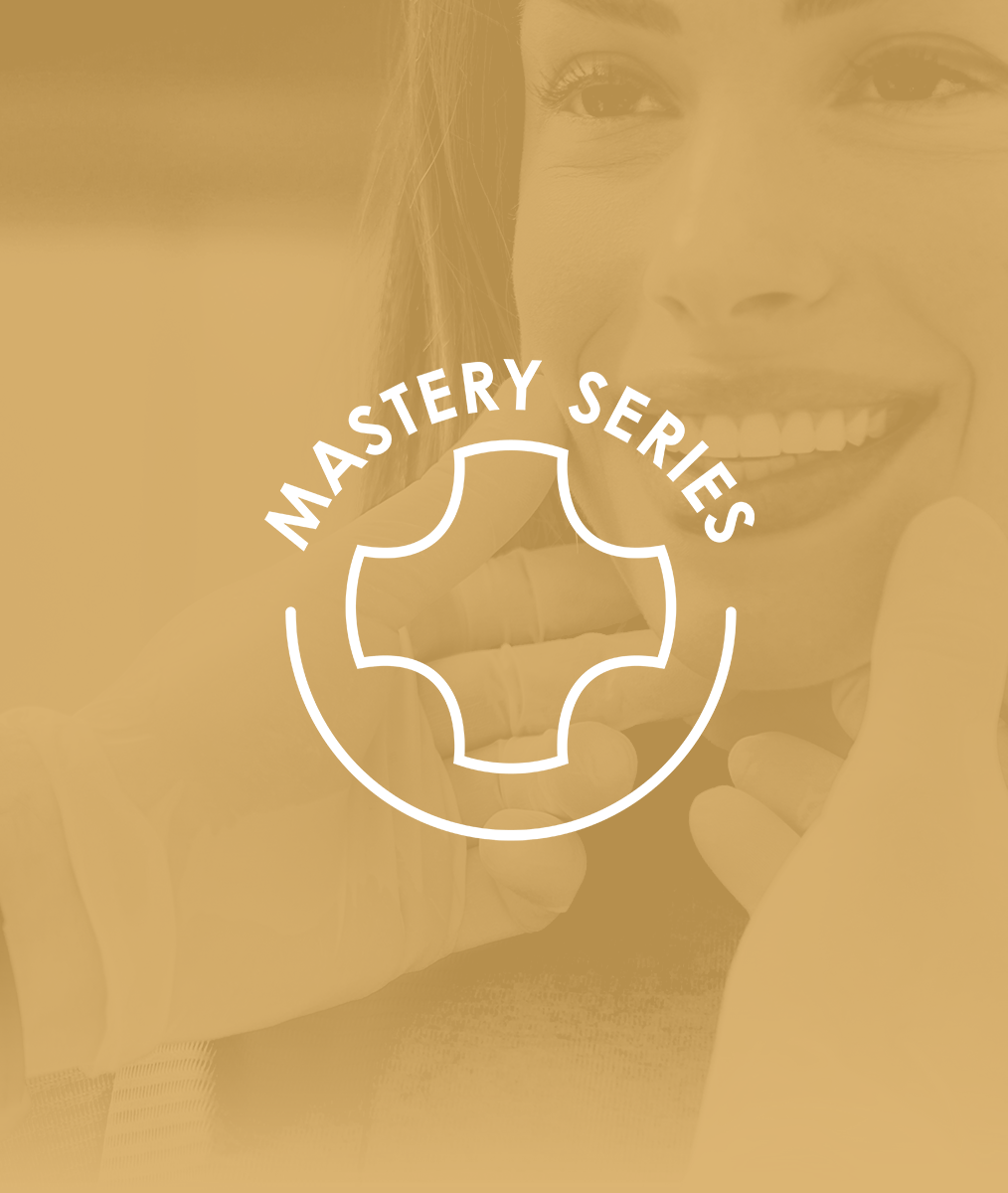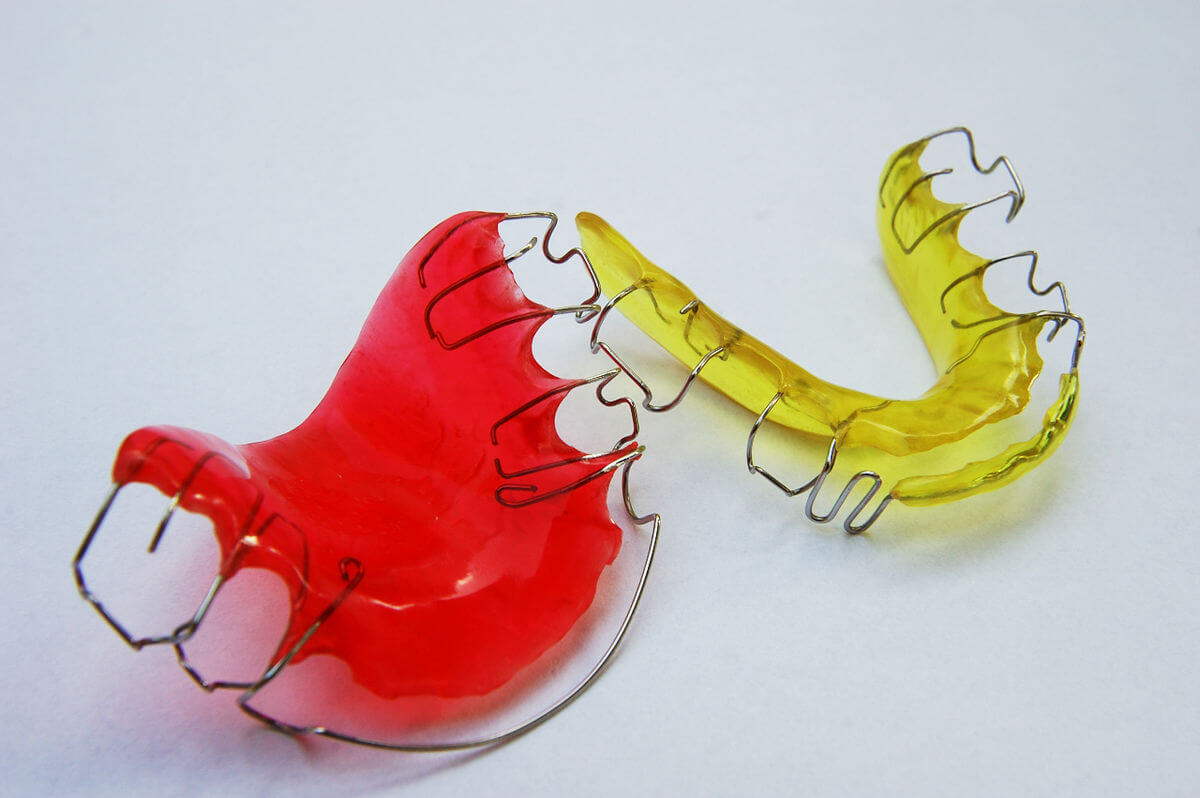Your Patients Want to Know…Invisalign & Oral Health
In the Pankey Institute’s Invisalign focus course, course leaders invite you to consider the ways in which Invisalign can be used to enhance what you do for patients on a daily basis.
One of the most significant benefits to be gained from Invisalign is achieving a more optimal environment for eliminating gum disease and maintaining periodontal health. Another is the preservation of natural tooth structure.
In my position as Director of Content for Patient Prism Academy (at www.patientprism.com), I work daily in helping dental teams communicate with their patients and prospective patients, and sometimes even among themselves. Knowledge translation is my strength. I’ve made it my business to know what patients want to know. The following information is provided in a form you can easily include in your treatment presentation when discussing dental alignment with your patients.
You know this, but I remind you here. The ideal candidate for aligner treatment is not limited to esthetic cases. Your patients who are battling gum inflammation and inflammatory diseases such as diabetes and CVD, or your patients whose teeth are worn, chipped, crazed, or perhaps even mobile, will be receptive to this particular discussion.
They Just Don’t Know
The ADA has told us that, although 75% of adults (80% of adults over age 65) have some form of gum disease, only 60% have any significant knowledge about it. It’s not surprising, then, that even fewer have an understanding of the association between their dental alignment and the health of their teeth, their dental alignment and the health of their supporting bone and gum tissue, and their dental alignment and their systemic health.
Your Patients Want to Know What Studies Have Shown
- Gum disease has surpassed tooth decay as the leading cause of tooth loss.
- Plaque accumulates more where teeth are crowded.
- Where teeth are crowded, more types of harmful oral bacteria are present in the plaque below the gum line.
- When teeth are crowded, there is increased risk for development of periodontal disease and tooth loss.
- When teeth are crowded, there is increased risk for chronic gum inflammation.
- Even low grade chronic inflammation harms periodontal tissues and systemic health.
- Crowded teeth, in combination with any of the following, increases the patient’s risk of gum inflammation, periodontal disease, and systemic diseases:
- Tobacco use
- Diabetes
- Heart disease
This is to say that, if more than one of these factors is present, the risk to health is even more.
- Gum disease, chronic or acute, exacerbates (makes worse) cardiovascular disease and diabetes.
- Poorly aligned upper and lower teeth put abnormal force on each other. Over time or suddenly, this abnormal stress wears down, chips, or creates cracks in precious dental enamel. The stress can also weaken root support, inflame periodontal ligaments and nerves, and result in loose teeth (teeth that wiggle).
Your Patients Also Want to Know
- Battling gum inflammation, periodontal disease, and systemic disease can all become problematic due to crowded teeth. Until teeth are aligned properly, the personal cost can (will) grow in terms of the extent of treatment needed and the time and expense required for treatment to restore health and quality of life.
- Additional benefits of Invisalign treatment will be a more esthetic smile and proper tooth spacing for restoration of damaged teeth (and replacement of missing teeth if one or more teeth are missing).
Feel free to copy any of this to an information sheet to utilize in your consultations. Because your patients view videos fed from YouTube via your social media, I encourage you to use these bullets to organize your thoughts to prepare a video presentation for patients.
Related Course
Mastering Aesthetic Restorative Dentistry
DATE: November 21 2024 @ 8:00 am - November 24 2024 @ 12:00 pmThis course is sold out Aesthetic dentistry is where artistic form meets functional restorative dentistry. Where patients, clinicians, specialists and laboratory technicians communicate with each other in an effective way…
Learn More>









